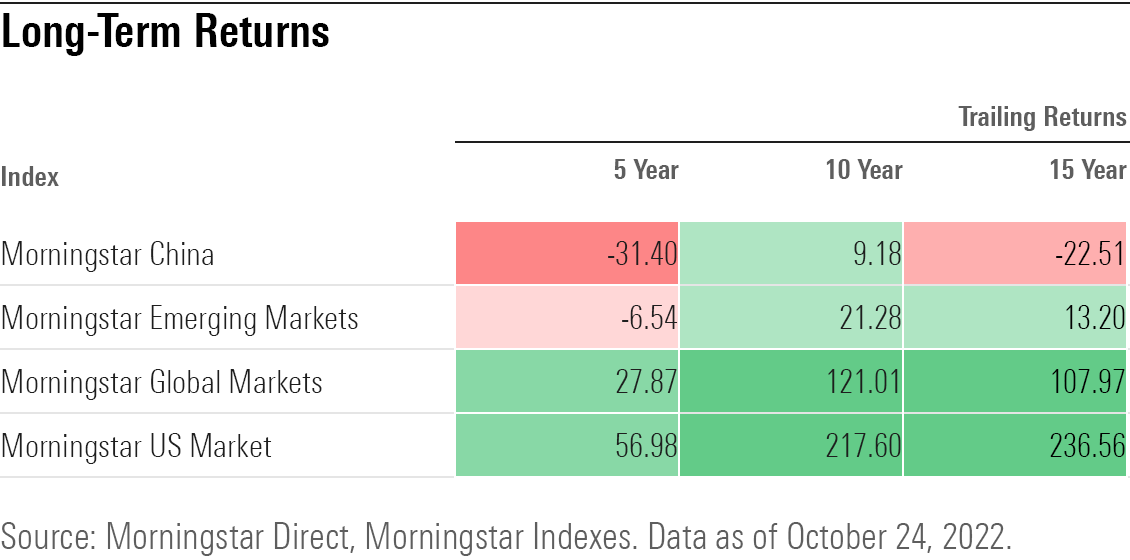It looks like you're new here. If you want to get involved, click one of these buttons!

The same can be said for almost every actively managed bond fund manager in the last three years, thanks to this year's terrible performance, yet most investors think bonds, and often active bond funds, are worth owning. Still, I agree fees are too high in general in the active world.When a fund manager is making more, in aggregate, than a fund's investors that sends up all sorts of red flags for me.
This is on point. Maybe I'm missing something but I don't see why the world needs another fund company with, apparently, a grand total of around $200m in AUM (after five years in business) which doesn't even count as a drop in the bucket. Seems more like some kind of vanity project.I'm in agreement with @Ben. For my money (and Ms Geritz has none of mine), I would have preferred to read about specific stocks owned by the two funds and why investors haven't made a nickel since Rondure's inception. I think we get enough macro-economic analysis in print and in electronic media. Fund managers ought to tell us why we need their expertise and how they deployed their skills in concrete ways.
Yep! The fixed rate at purchase remains forever (well, 30 years).Does this mean that only those who purchase after Oct 31, 2022 get the benefit of the 41 bp fixed rate addition? The rest of us get only 6.48%.
Yeah, I know, and I thought about it. But this strikes me as that rare, real win-win situation.@msf- sleeping dogs and all that stuff... :)
YTD? Look at the last 10 years and see why you needed only APPL.BAC - 24% YTD
APPL - 19% YTD
BRK - 12& YTD
Does diversification work ? Looks like over YTD it does.
Have a good day, Derf
© 2015 Mutual Fund Observer. All rights reserved.
© 2015 Mutual Fund Observer. All rights reserved. Powered by Vanilla